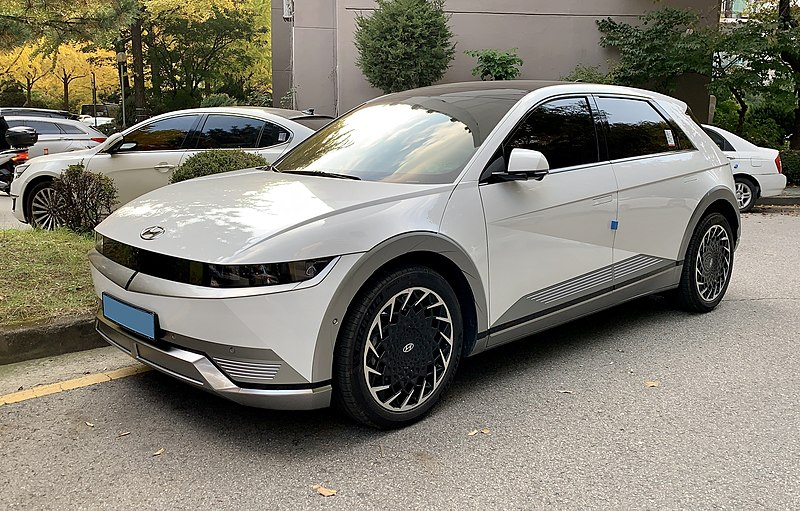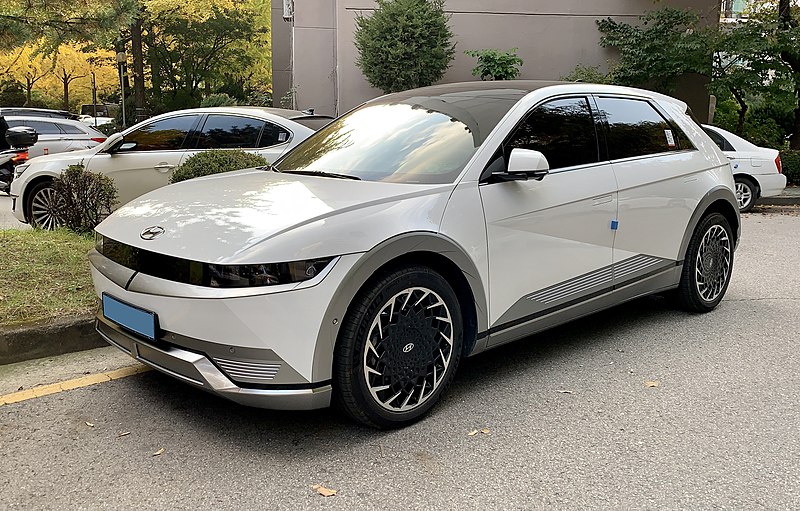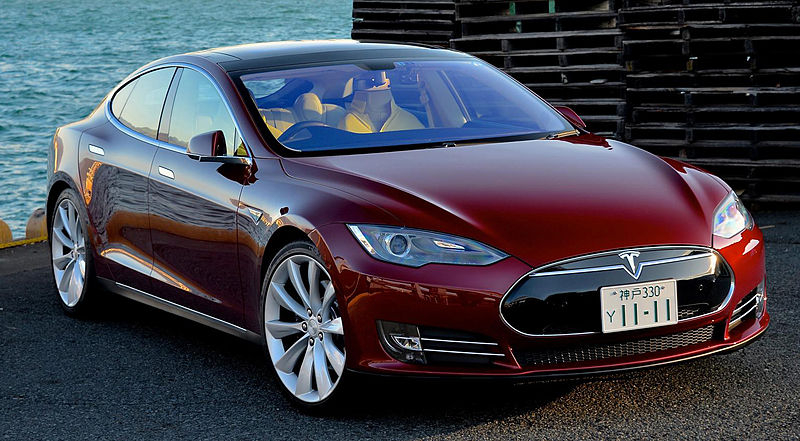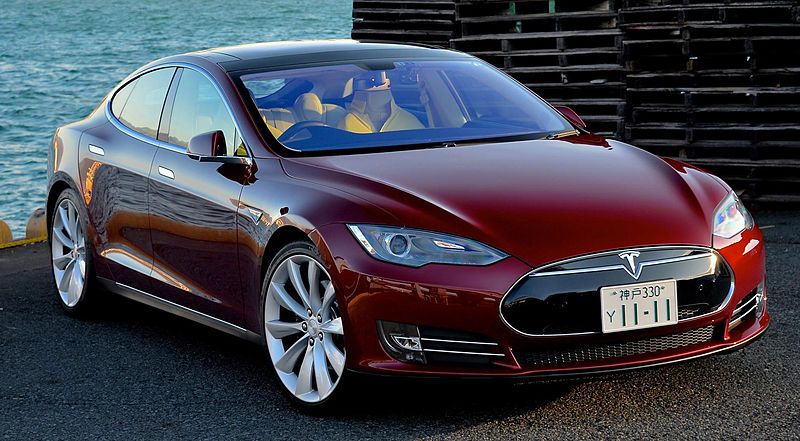EV
EV simply means Electric Vehicle, an umbrella term for all sorts of vehicles running on electricity as opposed to other things, such as petrol, diesel, sunflower oil, hydrogen, or muscle power even. EVs tend to emit far fewer planet-warming greenhouse gases than conventional cars. EVs include lots of subcategories.
Also: BEV or Battery Electric Vehicle – a vehicle powered by 100% battery, with zero pollution.
ZEV or Zero Emission Vehicle
HEV
Stands for Hybrid Electric Vehicle, or a car that contains both an internal combustion engine and an electric motor. The Toyota Prius being a good example. Hybrid cars are more efficient than cars that run on gas, cutting down on both fuel and emissions, especially for inner city driving. An HEV will run a certain distance on electricity only, before the ICE will take over. The battery charges by Regenerative Breaking (see: Regen) or by burning fuel through the ICE.
PHEV
A Plug-In Hybrid Electric Vehicle has a bigger battery than a hybrid electric vehicle, giving it more electric miles before the normal motor kicks in and greenhouse gases start coming out of the exhaust. A PHEV’s battery can be charged not just by driving the car itself, but also by plugging it into a wall socket.







